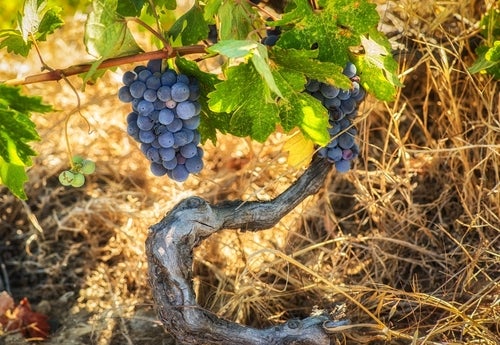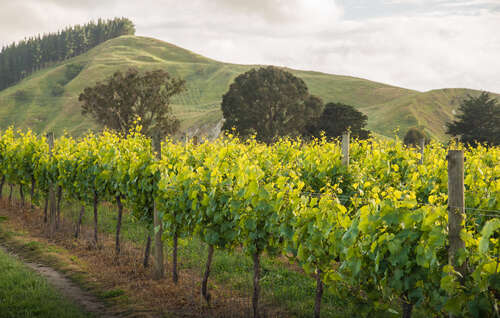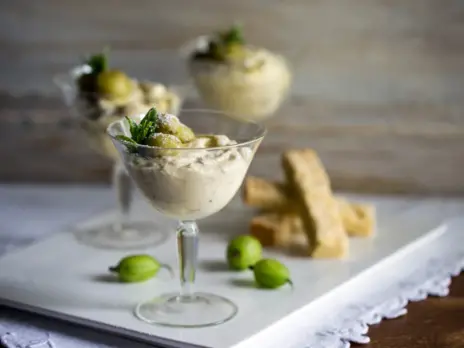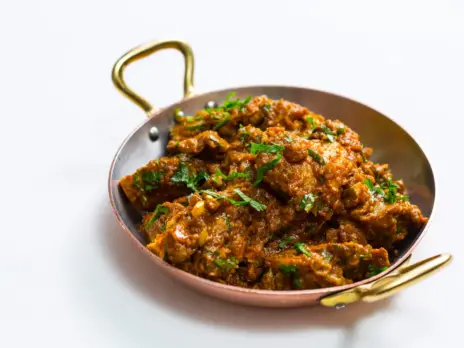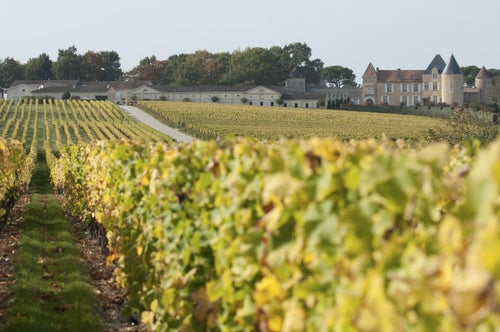
Ch’ng Poh Tiong reviews Joséphine d’Yquem: A Remarkable Woman, a Legendary Wine by Christel de Lassus.
Two overriding themes emerge from Christel de Lassus’s Joséphine d’Yquem: A Remarkable Woman, a Legendary Wine. The first is the recurring personal loss that haunted Françoise-Joséphine de Sauvage d’Yquem (to give her full appellation) throughout her life; and the second, her dogged determination to harvest as late as possible the wine that bears her name.
Drawing on more than two centuries of family archives, de Lassus is of the view that Yquem produced the first wine affected by Botrytis cinerea in Sauternes as early as 1800. This would debunk the belief held by some people that the phenomenon was discovered, or introduced, at Château La Tour Blanche in 1836 by German proprietor Frédéric Focke from his experience in the Rheingau. Then there is the myth that Botrytis cinerea was discovered by Joséphine d’Yquem’s grandson Romain Bertrand de Lur-Saluces when, too distracted with hunting on the Russian steppes, he returned too late for the 1847 harvest, by which time botrytis had infected the grapes.
Given her penchant for late harvesting, it is more than likely that Joséphine d’Yquem would have discovered Botrytis cinerea sooner or later. This has to do with the advantageous location Yquem possesses. Its proximity to the Ciron River means it captures the morning mist from the Garonne tributary. At 280ft (85m) above sea level, Yquem is geographically the highest point of the commune. Its lofty perch means the vines are the first to greet the sun, thereby triggering the onset of noble rot before anywhere else.
A tragic early life
Yquem’s privileged terroir and all the natural benefits that it brings to the wine did not, sadly, translate to good fortune for its owner. Born in Bordeaux on February 11, 1768, Joséphine d’Yquem was struck by tragedy throughout her life. An only child, she visited her mother’s bedroom every day as Marthe de Laborde Lissalde was fragile in health. Her father was just as doting a parent.
Laurent d’Yquem was a rather unconventional Frenchman in that he considered the education of his daughter a priority. From the age of seven, Joséphine was taught literacy instead of needlework, art, or music. Even more important for the wine, Laurent d’Yquem took Joséphine to the vineyards and the cellars whenever she wished. The château was then producing white and red wine, and Joséphine learned to identify the different varieties.
A visionary, Laurent d’Yquem taught Joséphine that their red wine was of inferior quality, fit only for everyday consumption, and that the future was in their white wine. Records show that in 1779, when Joséphine was only 11, the harvest took place as late as November 4. It must be said that at the time, Sauternes was not known for its vineyards, let alone for producing fine wines. Instead, many Bordeaux noblemen were buying land in Graves or the Médoc.
In 1782, Joséphine contracted smallpox. The rash invaded her neck, chest, back, even her mouth. We can only imagine her suffering as the teenager grieved over her transformed appearance. There were no vaccines in those days, and every three to six years, a smallpox epidemic would rage across the country killing one person in seven. To alleviate Joséphine’s pain and high fever, doctors resorted to bloodletting several times a day, which probably made her suffer even more. She survived, but her face and body remained deeply scarred. Her face pockmarked, Joséphine refused to leave her room for weeks, stopped her dance and music lessons, and declined all invitations to festivities.
There are only two portraits of Joséphine d’Yquem. One is a miniature of a young woman devoid of traces of smallpox, and the other is of a very old woman. The former is reproduced on a wall in Château d’Yquem.
Ever resourceful, Laurent d’Yquem convinced his daughter to return to her calling, reminding her of all the things that needed doing in the vineyard. Joséphine finally left her room and, to her pleasant surprise, discovered the winegrowers, stewards, and servants had not altered their attitude toward her.
Sadly, a year later, when Joséphine was 15, her mother contracted tuberculosis and avoided contact with her daughter for fear of contagion. Marthe de Laborde Lissalde died on October 30, 1784. Josephine had celebrated her 16th birthday only two months earlier. Laurent d’Yquem fell ill shortly after and by February 1785 was bedridden. On April 25, 1785, he died. Joséphine was now an orphan, losing in the space of six short months the two people dearest to her.
Shortly before his death, Laurent d’Yquem had given his consent for Joséphine to be married to his closest neighbor, Louis-Amédée, Count de Lur-Saluces. The marriage was considered a very good match, as the Lur-Saluces family had good connections to the royal court in Versailles. They also owned Château de Malle and Château de Fargues.
The wedding was on June 6, 1785. It must have been a bittersweet day for Joséphine, as her father had died only a month earlier. She must also have wished that her mother had been by her side. Joséphine was 17 years old; her groom, 24.
The following year, on July 10, 1786, Joséphine gave birth to a son, Antoine Marie Henri Amédée. At the beginning of 1788, a daughter, Marie-Louise Anne Mathilde, was born. There was already much to celebrate the year before when in February 1787, Thomas Jefferson, the minister to France of the fledgling United States of America, visited Bordeaux and declared Yquem its best white wine. Later that same year, Jefferson wrote directly to Count Louis-Amédée, not knowing that Joséphine was actually in charge: “Allow me therefore, Sir, to enquire whether you would still have any of your top-quality Sauternes from the year 1784. And if you would have the kindness to accommodate me with two hundred and fifty bottles …”
In a later letter, this time addressed to the “Lady of Yquem,” Jefferson requested 30 dozen bottles on behalf of the president, General Washington, and ten dozen for himself. Thanks to the efforts of Joséphine in the vineyard and cellar, and in promoting the wine in the right circles (including Versailles), Yquem was making a name for itself.
Happiness, however, was elusive in Joséphine’s life. On October 29, 1788, Louis-Amédée died after falling off a horse at the St-Omar military camp. At just 20 years old, Joséphine became a widow with two young children. Instead of dwelling on her misfortune, the now sole owner of Yquem plucked up her courage to fight for the legal rights of her son and daughter as heirs of the Malle and Fargues châteaux against two aunts-in-law.
Joséphine won that case, but something considerably more earth-shattering was looming on the political horizon. On July 14, 1789 the Bastille was stormed, and so began the French Revolution. One of its primary aims was to remove feudal privileges bestowed on the Church and nobility.
Joséphine treated her workers fairly and was respected in the Sauternes region. Documents from the period referred to her as “Citizen Yquem” rather than as “the former Countess de Lur-Saluces.” Not, however, her in-laws, who were regarded as close members of the royal court. When her father-in-law, Claude Hercule de Lur-Saluces, was arrested, he was guillotined in the Place Nationale, today known as Place Gambetta.
Joséphine, however, remained a “suspect” of the Revolution and had to prove Yquem had not been bestowed upon her family as a feudal privilege. Fortunately, she was able to ascertain her grandfather had acquired it through a purchase in 1711. The properties of her in-laws, though, were considered privileges of the former nobility, and all were duly confiscated.
Joséphine was arrested three times during the turmoil of the French Revolution. Prison conditions were extremely harsh. Upon her release after the final internment, conditions on the outside were no better. Like most of the French population, Joséphine and her two young children faced malnutrition and the bitter cold. Already sickly, Marie-Louise contracted a fever and died in her mother’s arms. Joséphine’s grief was unbearable. She fainted, and it was several hours before she regained consciousness. Herself incredibly weak, it was thought she was also dying. Somehow, she rallied and survived. The French Revolution ended in 1799.
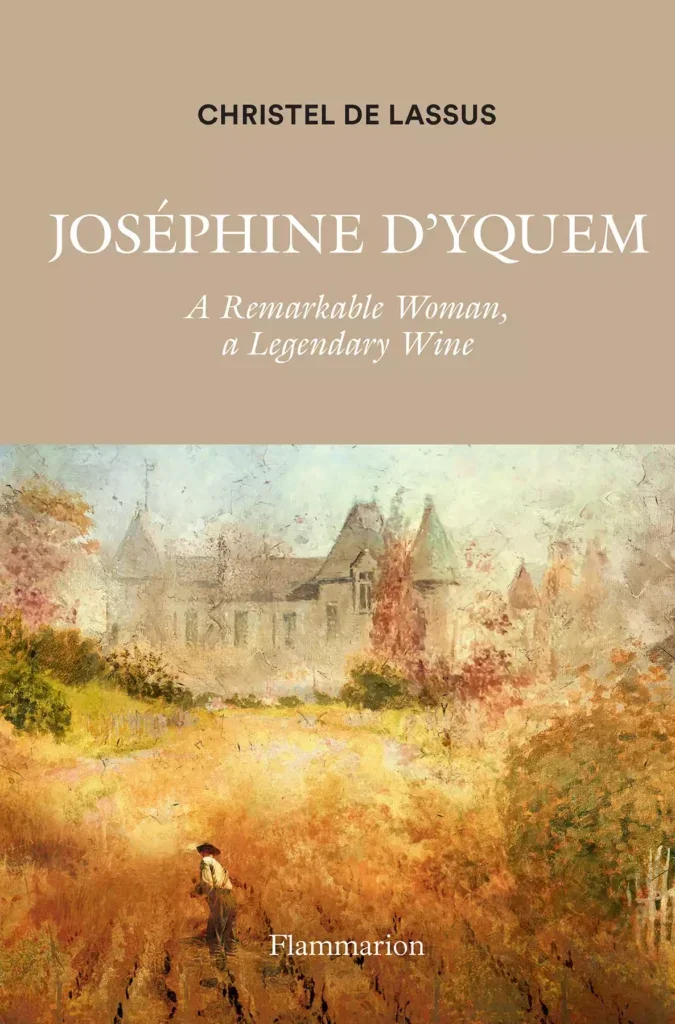
Revolution and recognition
At the age of 30, the Lady of Yquem had already led a life suffused with loss and replete with experiences both personal and professional. The dire economic conditions of the French Revolution turned out to be a blessing in disguise, because the cellar was full of barrels from the previous decade and even older vintages. They showed Yquem aged very gracefully and, in their evolution, became more complex, “with astonishingly powerful aromas … pronounced notes of peach, honey and orange zest.”
It was around this time, at the turn of the 19th century, that Joséphine came face to face with the phenomenon of noble rot. She already knew that the aroma, sweetness, and acidity were more intense when the grapes were ripe to the point of shriveling on the vine. Joséphine and (probably) other growers in Sauternes were beginning to suspect that a fungus was responsible for concentrating the fruit into such incredible richness. The exceptionally well-exposed slopes of Yquem greedily lapped up every drop of mist and every ray of sunshine. Just as noble rot spread all over the vines, so, too, did the fame of the wine.
On September 12, 1807, Josephine’s son Antoine married Marie Françoise Joséphine Geneviève de Filhot, heiress to Château Filhot and Château Coutet. On August 10, 1810, a son was born to them, Romain Bertrand de Lur-Saluces. That same year, three picking phases were undertaken to bring in the grape harvest. The cellar records show the dates as October 3, 9, and 20, proof of late harvesting and Botrytis cinerea occurring at Yquem. Joséphine’s achievements extended beyond the vineyard and into the cellar and marketplace. She was one of the first producers to put wine into bottle, and also one of the first to offer half-bottles. Again, cellar records reveal that a négociant named Guestier bought 50 half-bottles of the 1783 vintage.
Fate delivered another blow to Joséphine on July 12, 1823, when Antoine suddenly died of the Spanish flu (his wife having pre-deceased him in 1815). His son Romain Bertrand was only 12 but would grow up to help Joséphine manage Yquem. On June 1, 1835, Romain Bertrand married Caroline Thérèse de Chastellux. Grandson and grandmother remained close throughout their lives.
On November 6, 1851, Joséphine d’Yquem passed away at Château d’Yquem. The wine that she was so instrumental in perfecting lives on. Just four years later, the 1855 Classification of Barsac/Sauternes and the Médoc named 11 and four first growths respectively. Soaring above them all, hovering over the clouds, Yquem was named the only premier cru supérieur. It doesn’t get any sweeter than that.
Joséphine d’Yquem: A Remarkable Woman, a Legendary Wine
Christel de Lassus
Published by Flammarion; French edition 2023, English edition 2025; €22.65


